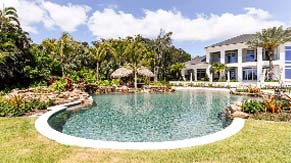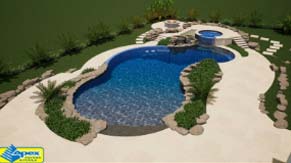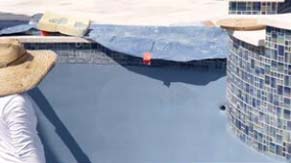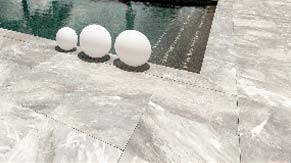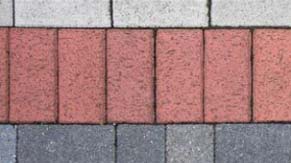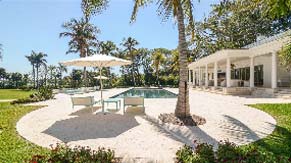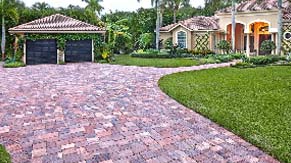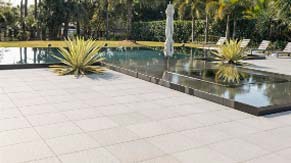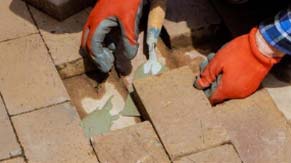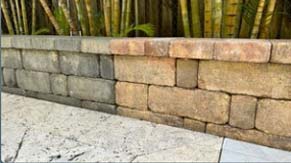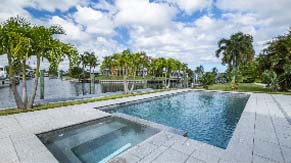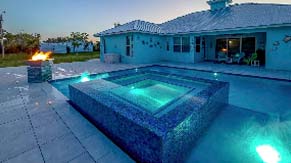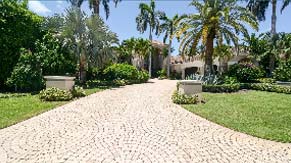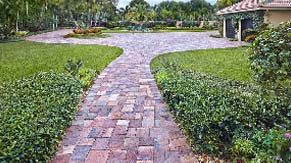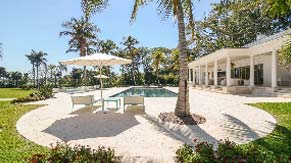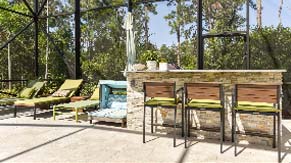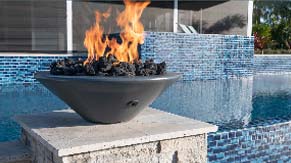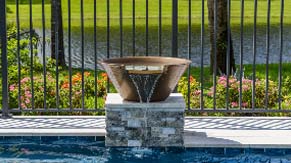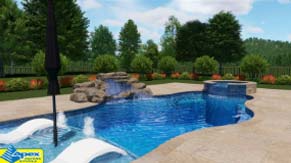Understanding Your Pool & Spa Automation Electric Panel
Your pool and spa automation electric panel is the central hub for controlling all your aquatic features. This class provides a clear overview of this critical component, often referred to as the "automation box" or "breaker subpanel." Understanding its layout and the function of its labeled breakers is essential for basic troubleshooting and ensuring the continuous operation of your pool equipment.
We'll guide you through identifying individual breakers for various pool components and what to do if one trips. Learn how to trace the power supply from this subpanel back to your main household breaker panel, which is crucial for resolving power-related issues. This knowledge empowers you to quickly diagnose and address minor electrical interruptions, keeping your pool and spa running smoothly.
What You'll Learn in Pool School:
-
The purpose and components of your pool and spa automation electric panel.
-
How to identify and check labeled breakers within the subpanel.
-
Basic troubleshooting steps for tripped breakers affecting pool equipment.
-
How to trace the power line from the automation subpanel to the main household breaker panel.
-
Common locations for the main breaker controlling pool equipment.
The Heart of Your Pool's Electrical System
The automation box houses a breaker subpanel, which is essentially a dedicated electrical panel for your pool and spa equipment. Each breaker within this subpanel is typically labeled, controlling specific components like the pump, heater, lights, and other features. This centralized control allows for efficient management and protection of your pool's electrical systems. Familiarizing yourself with these labels is the first step in understanding your pool's electrical infrastructure.
Troubleshooting Breakers and Power Supply
If a piece of your pool equipment stops working, the first step in troubleshooting is often to check the breakers in your automation subpanel. If a breaker has tripped (usually indicated by its position being between "on" and "off"), simply flip it completely off and then back on. If the issue persists or if multiple components are affected, you may need to trace the power line back to your main household breaker panel. The video demonstrates how this line typically runs from the bottom of the subpanel to the main breaker, which could be located outside or inside your garage.
Pro Tips for Your Electric Panel
-
Familiarize Yourself: Take the time to understand the layout and labeling of your specific automation panel.
-
Check Subpanel First: If equipment isn't working, always check the breakers in the pool's subpanel before checking the main house panel.
-
Know Main Breaker Location: Be aware of where your pool equipment's main breaker is located in your household's main electrical panel.
-
Safety First: Always exercise extreme caution when dealing with electrical panels. If you are unsure or uncomfortable, contact a qualified electrician or pool technician.
-
Keep Clear: Ensure the area around your automation panel is clear and accessible for maintenance and troubleshooting.
Key Takeaways
-
The automation electric panel is central to your pool's operation.
-
Labeled breakers help identify and troubleshoot individual equipment.
-
Tripped breakers can often be reset directly from the subpanel.
-
Knowing the location of your main pool breaker is crucial for power issues.
-
Always prioritize safety when dealing with electrical components.
Why Choose Apex Pool School?
With over 20 years of experience in pool maintenance and construction, Apex Pool School offers the most comprehensive and practical pool education available. Our expert-led courses combine theoretical knowledge with hands-on techniques used by professional pool technicians.
Frequently Asked Questions
Here are some common questions about pool maintenance. If you have other questions, feel free to contact us.
A pool and spa automation electric panel is a centralized control system that manages various pool and spa functions, including pumps, filters, heaters, lights, and sanitization. It allows for convenient scheduling and remote operation.
Automated systems offer convenience, energy efficiency, and precise control over pool operations. Benefits include remote access, customized scheduling, chemical automation, and integration with smart home systems.
Many modern pool automation systems offer remote control capabilities via smartphone apps, web interfaces, or dedicated remote controls, allowing you to manage your pool from anywhere.
First, consult your system's user manual for troubleshooting steps related to the specific error code. Often, a simple reset or checking connections can resolve minor issues. For persistent or complex errors, contact a qualified pool technician.

